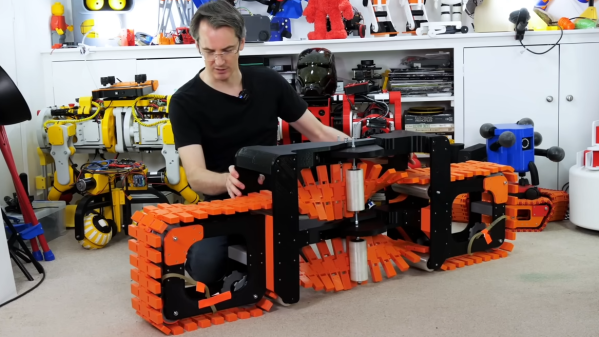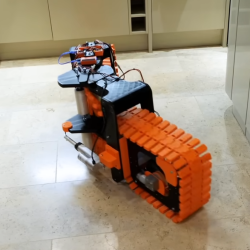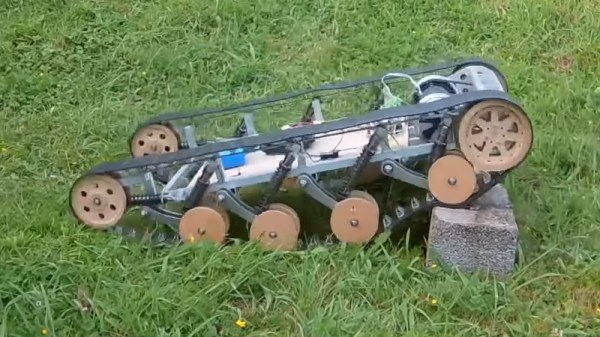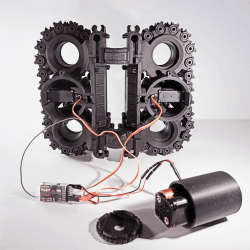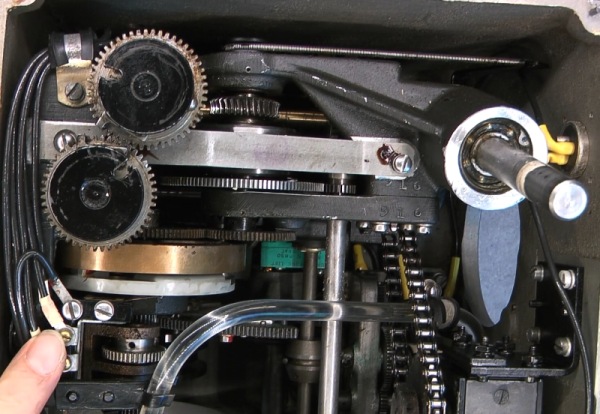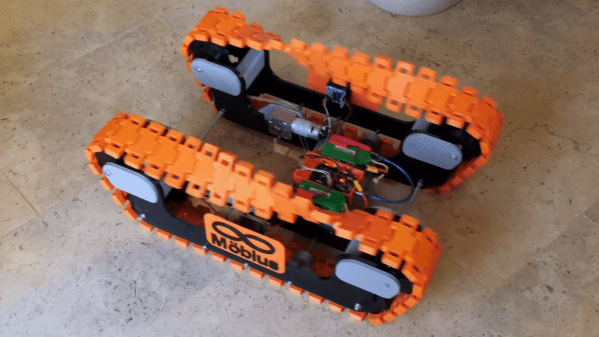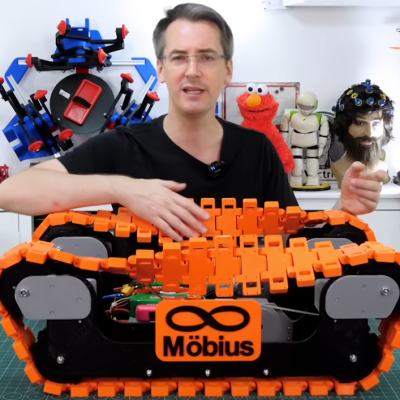As you can probably imagine, we get tips on a lot of really interesting projects here at Hackaday. Most are pretty serious, at least insofar as they aim to solve a specific problem in some new and clever way. Some, though, are a little more lighthearted, such as a fun project that came across the tips line back in May. Charmingly dubbed “pISSStream,” the project taps into NASA’s official public telemetry stream for the International Space Station to display the current level of the urine tank on the Space Station.
Now, there are a couple of reactions to a project like this when it comes across your desk. First and foremost is bemusement that someone would spend time and effort on a project like this — not that we don’t appreciate it; the icons alone are worth the price of admission. Next is sheer amazement that NASA provides access to a parameter like this in its public API, with a close second being the temptation to look at what other cool endpoints they expose.
But for my part, the first thing I thought of when I saw that project was, “How do they even measure liquid levels in space?” In a place where up and down don’t really have any practical meaning, the engineering challenges of liquid measurement must be pretty interesting. That led me down the rabbit hole of low-gravity process engineering, a field that takes everything you know about how fluids behave and flushes it into the space toilet.
Continue reading “Where There Is No Down: Measuring Liquid Levels In Space”



